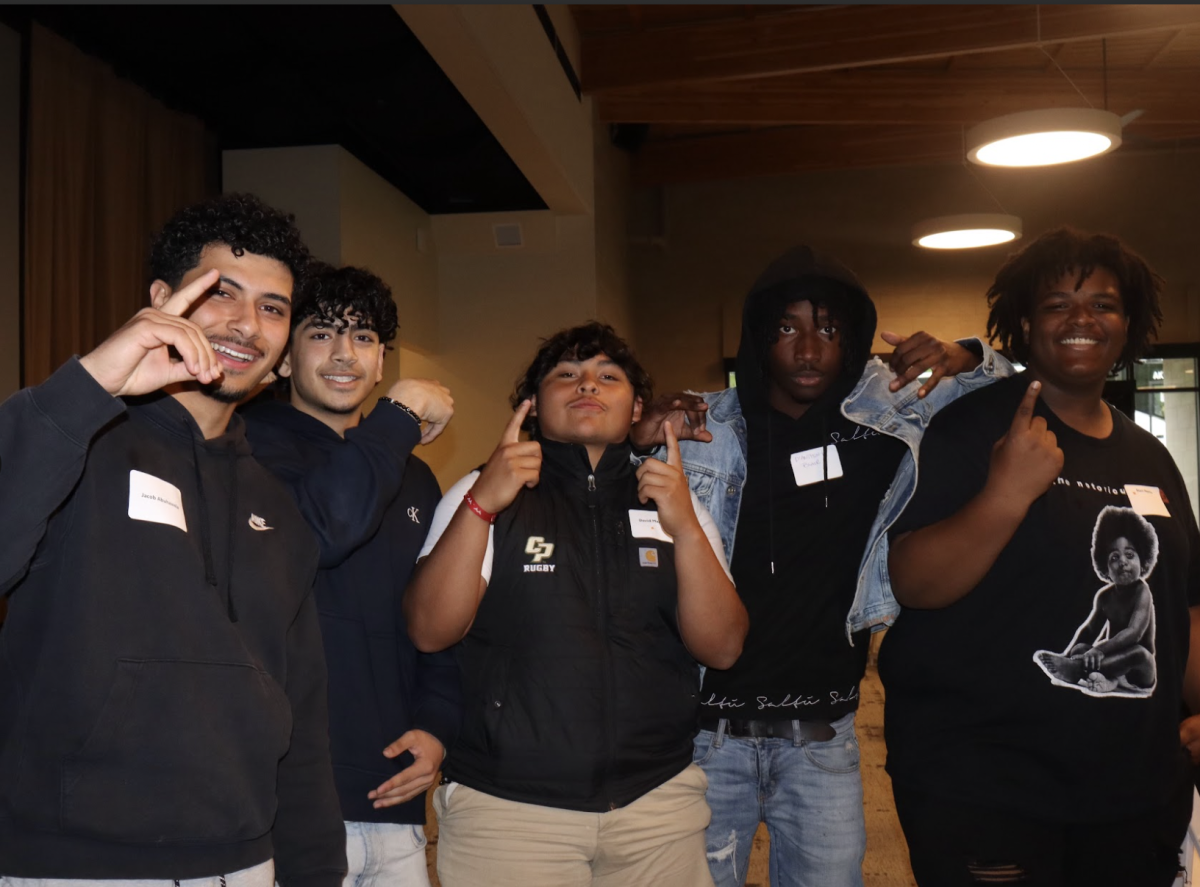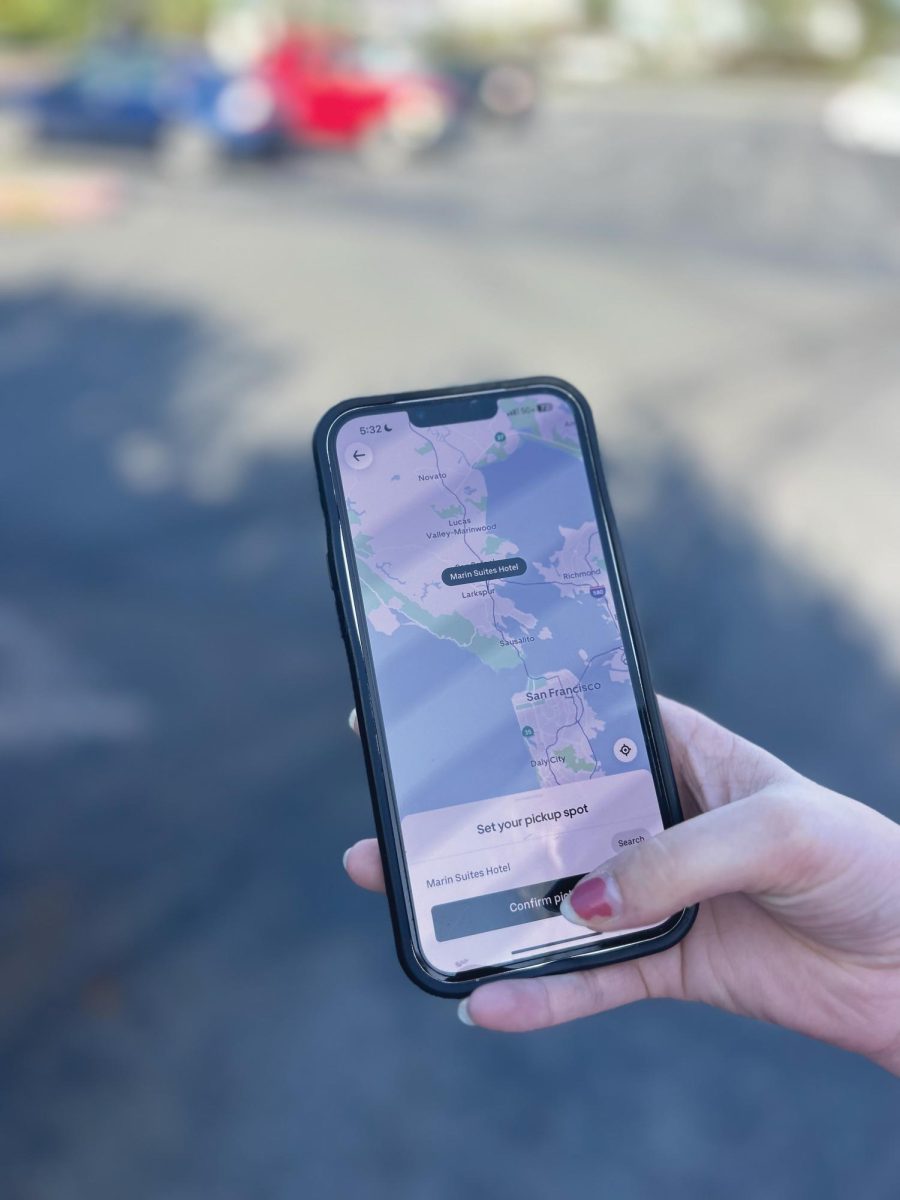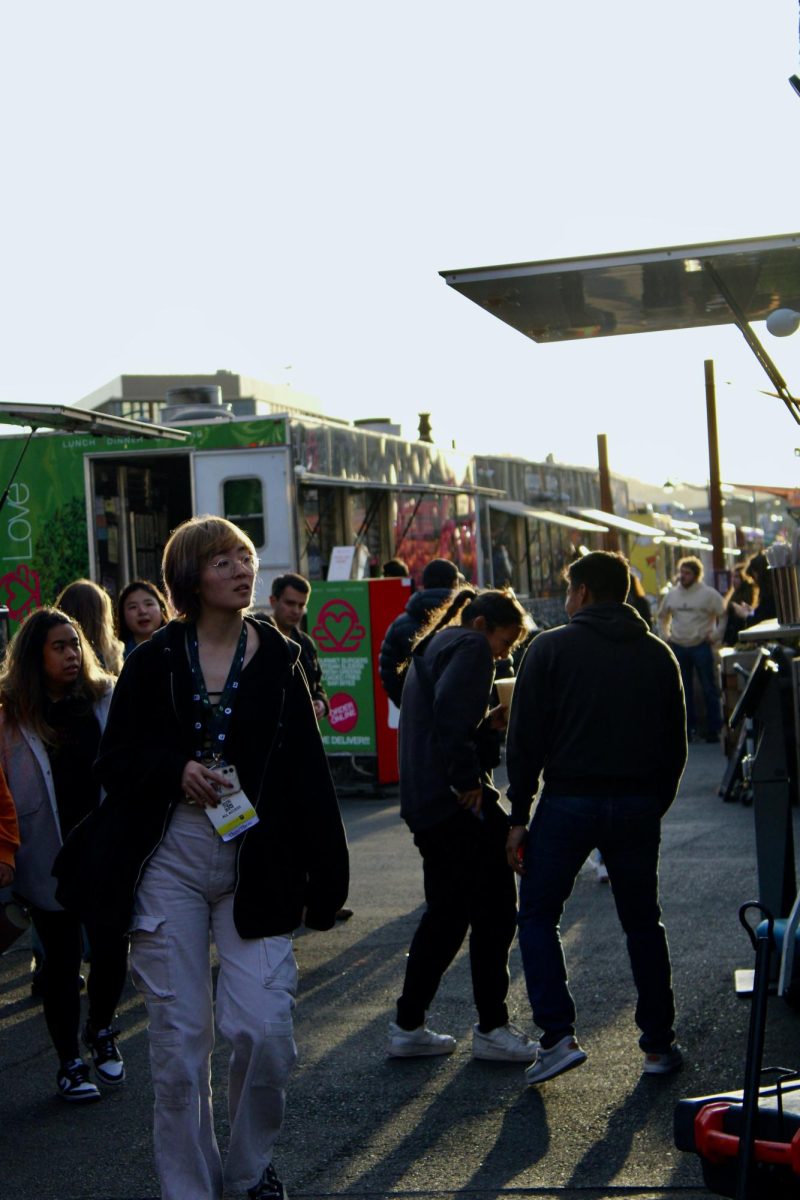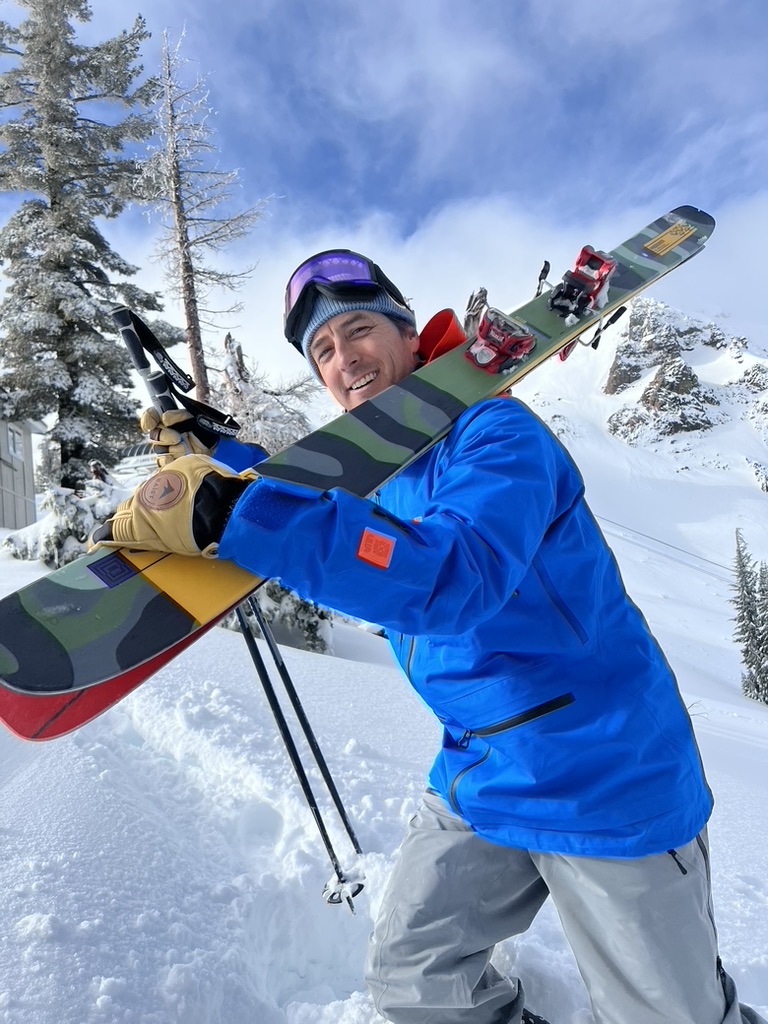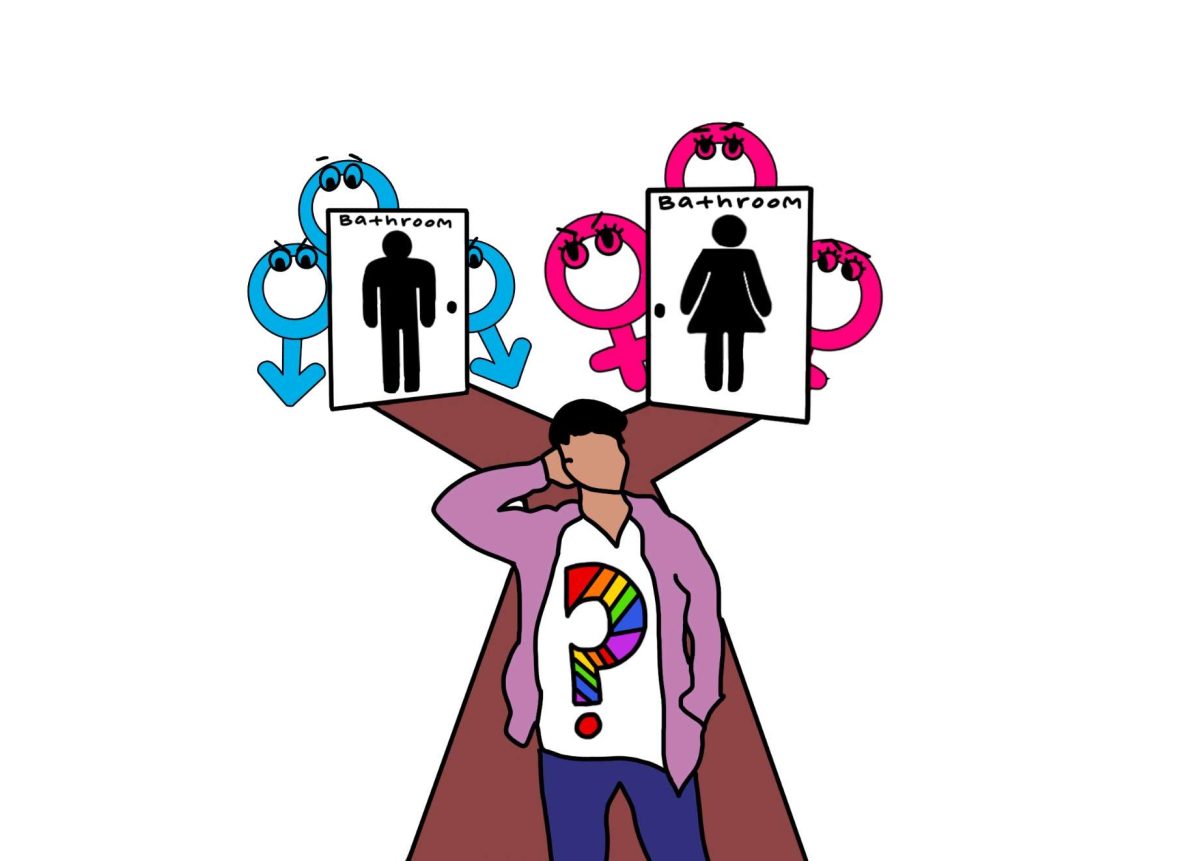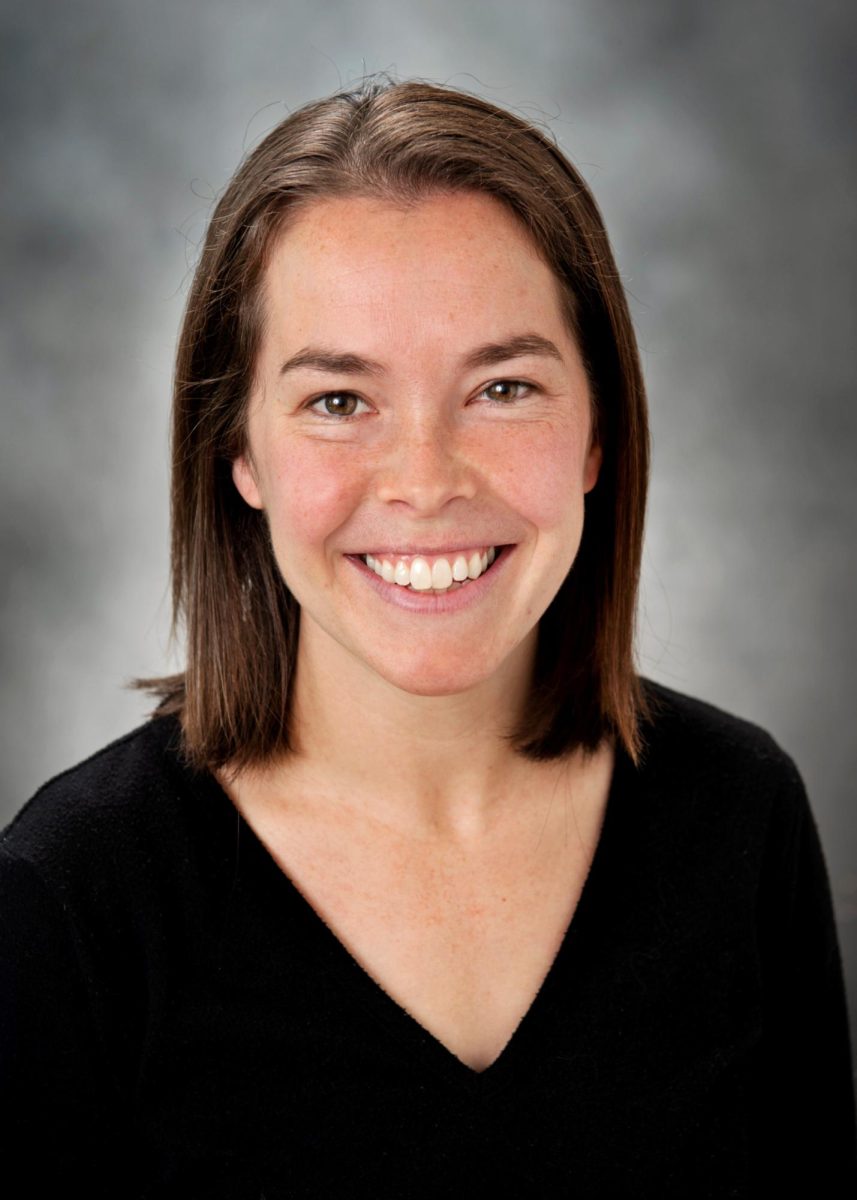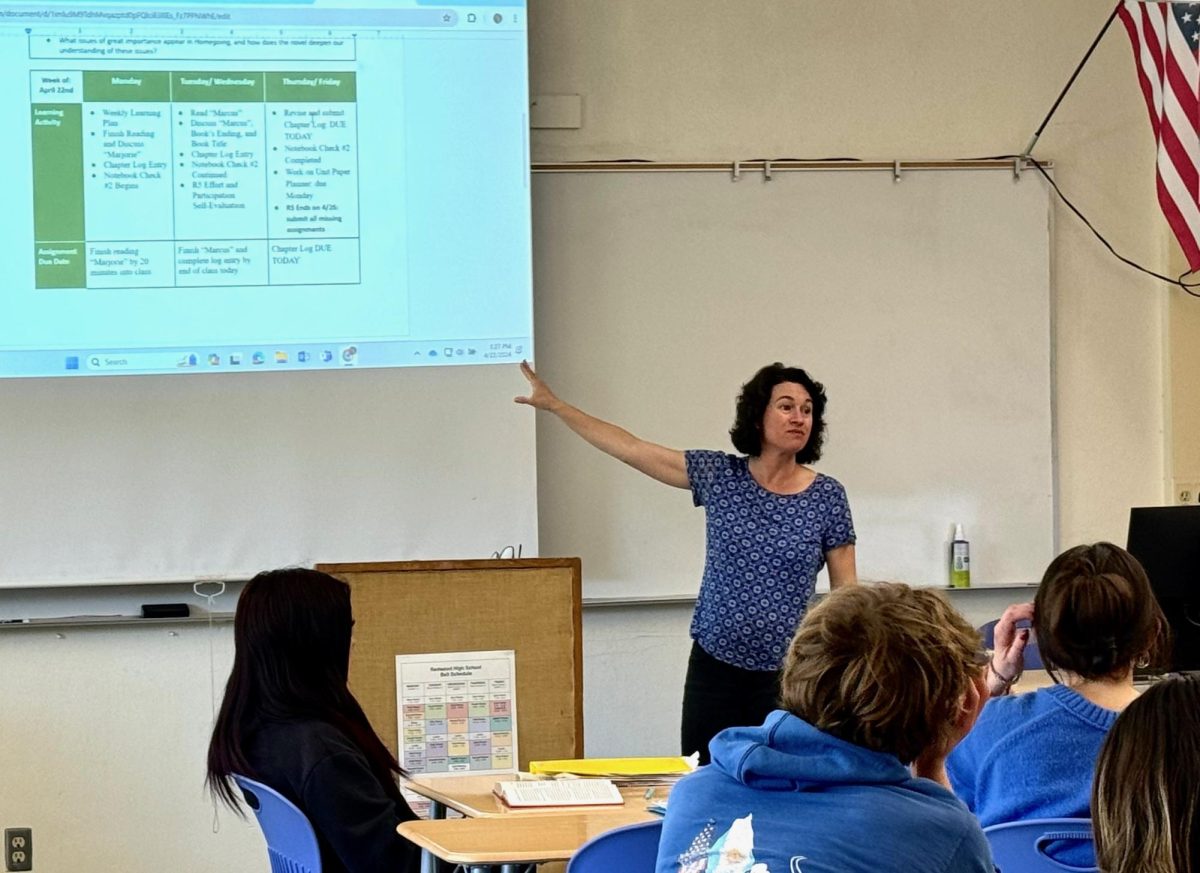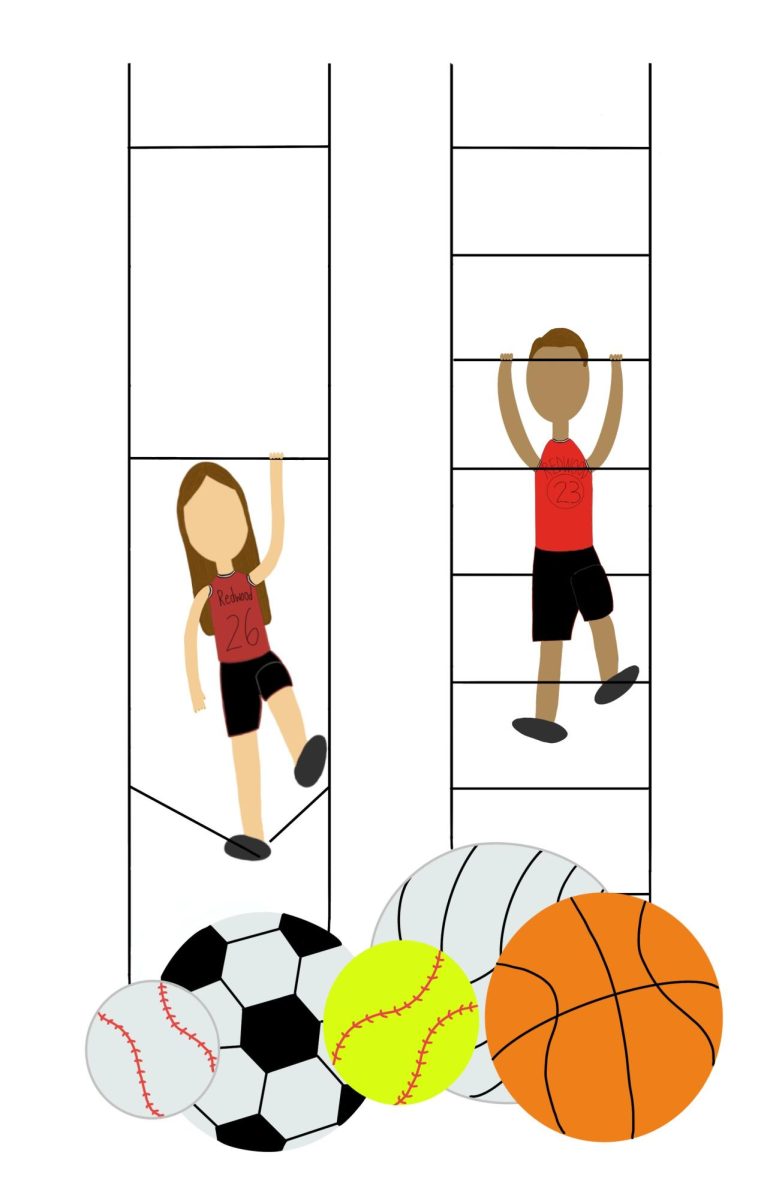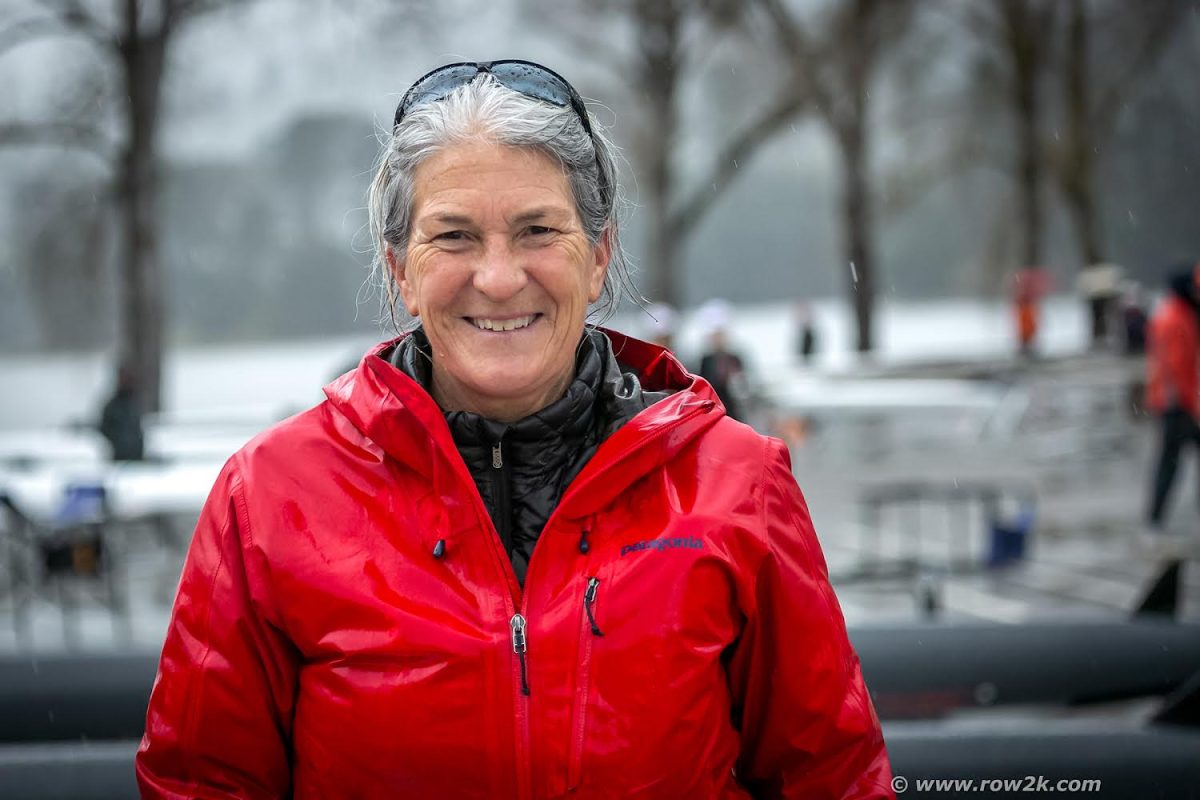Up until freshman year, senior Mia Samson passed all her annual scoliosis check-ups without a problem. None of her doctors ever mentioned a noticeable curve of her spine, and she never expressed any common symptoms. Thus, it came as a surprise to everyone when she developed severe scoliosis during the summer before freshman year.
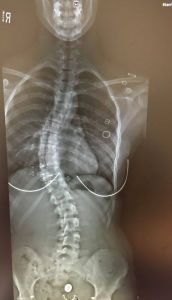
Samson’s pediatrician informed her that she had two curves in her spine, making it look like an S. The top curve was 32 degrees to the left, and the bottom curve was 30 degrees to the right, and she needed to seek specialized care immediately. Her doctors swiftly customized a brace for her, saying that if they delayed, there would be no chance of a non-invasive correction.
Scoliosis is the lateral curvature of the spine, often resulting in a rounded upper back and an inwardly curved lower back. According to WebMD, about 3 percent of 16-year-olds in the US have scoliosis, and females are more likely than males to develop a severe case of scoliosis. Adolescent idiopathic scoliosis accounts for many teenage scoliosis cases, as rapid growth spurts can lead to a curvature in the spine, according to MayoClinic. However, a majority of cases are minor and can be easily corrected.
At the end of freshman year, Samson quit rowing in order to reduce the strain on her back.
“I was leaning to one side, and [the doctors] said ‘you know, you might be making it worse by constantly leaning over to that side,’ so I switched, and they said, “you know what, you have a curve that way too,’” Samson said.
The severity of Samson’s scoliosis called for an immediate back brace fitting to support and realign her spine while her skeleton was still adjusting and settling into its permanent structure. However, the brace ended up being very lightly used.
“I was supposed to my brace 18 hours a day, but I just couldn’t personally get the confidence to wear it to school,” Samson explained. “So I only wore it at home or when I was sleeping. That really wasn’t enough time, but somehow [my spine] corrected a significant amount.”
Samson even resorted to tricking her parents in order to not have to wear her brace.
“I’d wear it to school, because I used to get to school at 7:00 a.m. everyday…so I’d have an hour here. I’d wear it sometimes during that hour, but it’d always be off before first period,” Samson said.
[soundcloud url=”https://api.soundcloud.com/tracks/242940070″ params=”color=ff5500&auto_play=false&hide_related=false&show_comments=true&show_user=true&show_reposts=false” width=”100%” height=”166″ iframe=”true” /]
Math teacher Samantha Mauro was diagnosed with scoliosis in sixth grade by her P.E. teacher. However, she was told that her case was mild and that it would most likely not progress. Reassured, she didn’t return to her doctor until her freshman year of high school, when her mother noticed that her hips were very uneven.
“The P.E. checked us in middle school, and they said that I had very minor [scoliosis] and that it probably wasn’t a big deal, so they told me to go get checked again in high school,” Mauro said. “So in high school, I got checked again and they were like, ‘you have to get surgery.’”
Mauro’s scoliosis had progressed to a severe case during middle school, and by sophomore or junior year, she had a 35 degree curve and was past the point of non-invasive correction.
Mauro underwent surgery for lower lumbar scoliosis during the summer after her senior year of high school, leaving her bedridden for a month, and then restricted from movement for three months. It took her a full year to recover from the surgery.
The surgery involved fusing the bottom seven vertebrae of her spine together.
“They took the cartilage out between the vertebrae, straightened them up, and put a rod on either side, screwed it all up, and packed it with bone. It all fuses together, so the bottom part of my spine is like one giant bone,” said Mauro.
Mauro’s spine corrected from a 35 degree curve to about an 11 degree curve. Despite a long recovery, Mauro isn’t as affected by the surgery today.
“It took about five years for me to be able to bend over and touch my toes,” Mauro said. “but it doesn’t affect me on a day-to-day basis. The only thing is when I’m driving and I’m looking over my shoulder, I have to turn my whole body.”
Severe scoliosis mainly affects girls, a fact Mauro picked up on while she was in the hospital.
“We all looked very similar. We were all super gangly looking, because we had all grown very quickly,” said Mauro.
Mauro is currently enrolled in an ongoing study to determine the long-term effects of spinal fusion surgery. As an enrollee, she fills out surveys that are occasionally sent out and has medical check-ups to measure how far she can bend and whether her case has changed in any way.
Reflecting back, Mauro regrets not having gone to the doctor sooner. She believes that if she had done so, they may have given her a brace, which she might have worn, albeit unhappily.
“Now looking back as an adult, I much rather would have worn a brace than undergo surgery because of the long-term effects, but as a 16-year old, I probably would have chosen the surgery over the brace all four years of high school, which is very sad, but as a teenager that’s kind of what you do,” Mauro said.
Today, Mauro’s spine is completely fused. She could have the screws taken out of her spine, but she and her doctors believe the surgery is not worth it because there would be no change in her spine.
Currently, a new treatment method called tethering is being tested by a few of the top orthopedic surgeons in the country. Dr. Mohammad Diab, an expert in orthopedic pediatric surgery, is currently pioneering the new procedure’s research as one of only five doctors in the United States who is currently performing the surgery.
He described the current method of spinal fusion as a preventative measure for individuals with severe scoliosis.
“We do it so [the patients] don’t get worse,” Diab said. “So when they get to their parents’ age, they’re not so crooked that they can’t stand up. We accept a cost, the cost is that they can’t move.”
Tethering, he explained, is the use of a device placed on the convexity of the spinal curve to slowly straighten the spine by pulling it into a correct position without fusing the bones, removing cartilage, or inserting rods and screws. Once corrected, the device can be removed.
Mauro stated that although she has a slight curve on the top section of her spine, she would not get it tethered because she doesn’t believe the curve is severe enough to get intensive surgery.
Samson’s spine has also corrected to an acceptable degree, a feat that she credits to pure luck. Because she didn’t wear her brace as often as her doctor instructed, she believes that her spine should not have corrected itself so quickly.
“Looking back on it, I was really stupid,” Samson said. “If I could go back, I would wear my brace, I would do everything right because really it shouldn’t have mattered to me; it was dumb.”
[soundcloud url=”https://api.soundcloud.com/tracks/242940072″ params=”color=ff5500&auto_play=false&hide_related=false&show_comments=true&show_user=true&show_reposts=false” width=”100%” height=”166″ iframe=”true” /]
Samson didn’t wear her brace because she was afraid of how her peers would perceive her.
“I was just kind of scared to wear it in public. It’s just like a social thing that I’m kind of ashamed of. I can’t believe I’d put my health risk in front of looking good,” Samson said.
Despite her disobedience and constant fears of her doctors telling her she would need surgery, Samson’s spine realigned significantly, allowing her to take her brace off permanently.
Samson has a doctor’s appointment within the next two weeks to monitor her progress. According to her, her scoliosis should not come back because she has finished growing.
“I went to Spain last year on exchange and I haven’t been here for checkups,” Samson said. “Hopefully everything will be the same.”

